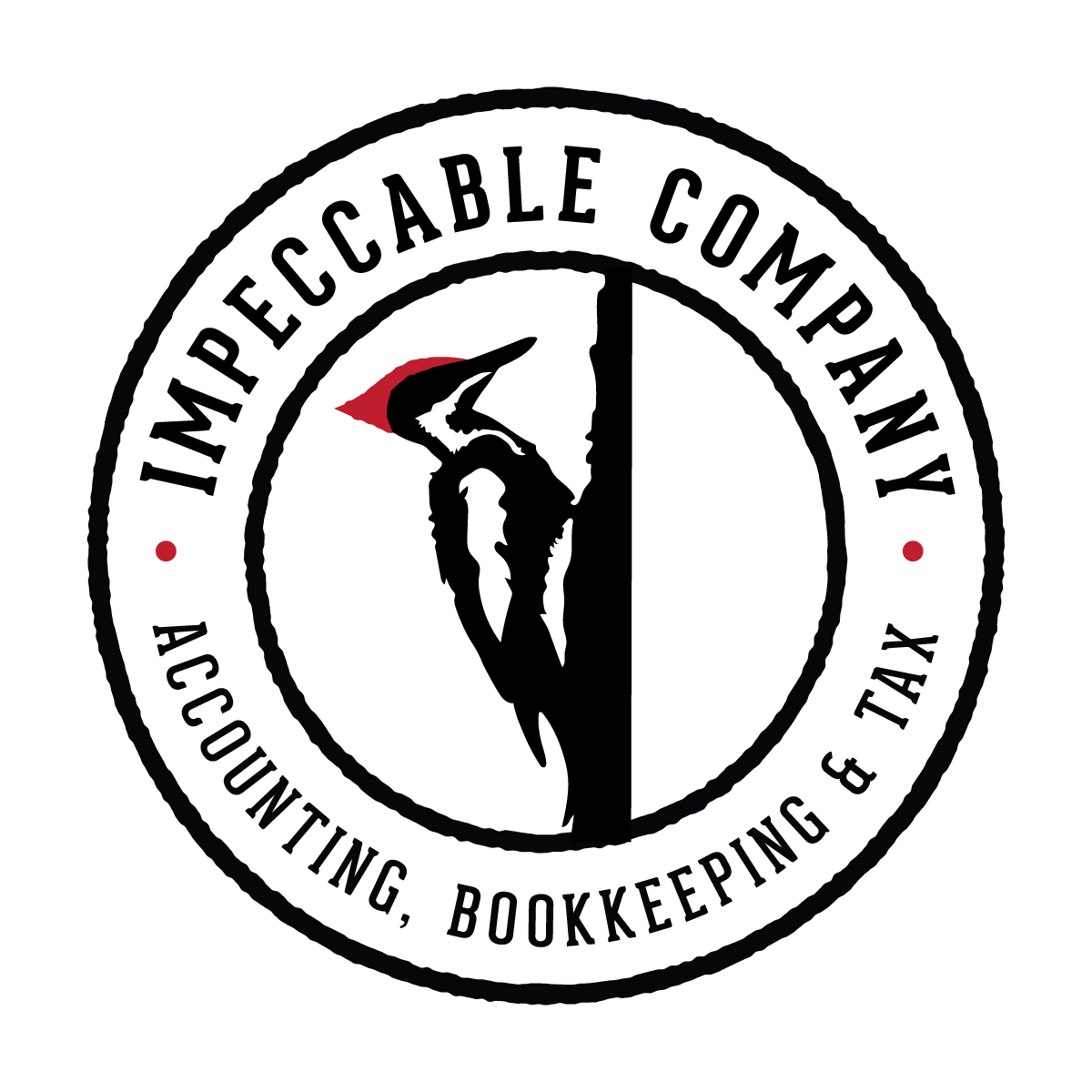End-of-Year Tax Saving Strategies: Fully Funding Your HSA
As the fourth quarter of 2022 begins, taxpayers suddenly become aware that time is running out to implement tax saving strategies for the year. While last-minute fixes rarely yield much, there is at least one tactic that could save you thousands of dollars. Qualifying taxpayers may be able to leverage a health savings account (HSA), regardless of income level, whether you are self employed, and even if you have maxed out your retirement account. HSAs are known for being triple tax-advantaged: your contributions reduce your taxable income, your investments grow tax-free, and qualified withdrawals for medical expenses are tax-free.
With the end of 2022 in sight, now is the time to reach out to a Certified Tax Planner to evaluate your tax savings options and determine if contributing to an HSA could be the right move for you. Read on to learn more about the ins and outs of using an HSA.
HSA BASICS
A health savings account sets aside pre-tax dollars to pay for qualified medical expenses. The same account can be used to cover a single taxpayer and their family. Each dollar contributed to an HSA reduces your taxable income, which is the main appeal of this savings tool.
The IRS does set a limit on the amount that a taxpayer can contribute each year. While there is no minimum requirement for contributions, there is a maximum, which is adjusted each year based on inflation. These limits also differ for individuals and for families.
Below are the 2022 and 2023 HSA contribution amounts:
| Type of HSA Coverage | 2023 Maximum | 2022 Maximum |
| Individual under 55 | $3,850 | $3,600 |
| Family under 55 | $7,750 | $7,200 |
| Individual 55 and older | $4,850 | $4,600 |
| Family 55 and older | $8,750 | $8,200 |
Note that if you contribute more than the yearly limit, you will have to pay a 6% excise tax on the amount over the limit.
In addition to reducing your tax liability, your HSA funds can be invested and earn interest tax free. Unlike a Traditional IRA or 401(k), you will not pay taxes on withdrawals from your HSA if you use it for qualified medical expenses (more on this later).
WHO CAN USE AN HSA?
To qualify to make HSA contributions, a taxpayer must meet the following criteria: ● You must be enrolled in a high deductible health plan (HDHP) on the first day of the month when you make the contribution.
- You cannot be enrolled in Medicare.
- You must not have any other health coverage other than accident, disability, dental, vision, long-term, or telehealth plans
- You cannot be claimed as a dependent on another taxpayer’s return
HSAs also have one unique rule that can benefit those doing end-of-year tax planning. The last month rule considers an individual eligible for the entire year as long as they are eligible on December 1. In other words, as long as you meet the above criteria by December 1, 2022, you can qualify for tax-advantaged HSA contributions for 2022.
The criteria above also begs the question: how do you know if you are enrolled in an HDHP? Per its name, a high deductible health plan has a higher annual deductible than typical health plans—in other words, the plan requires the taxpayer to pay more out-of-pocket before your expenses can be covered by insurance. An HDHP also has a maximum limit on the sum of the annual deductible and out-of-pocket medical expenses that you must pay for covered expenses.
See the amounts for 2022 below:
| Type of HSA Coverage | Minimum Annual Deductible | Maximum Limit on Deductible + Out of-Pocket Expenses |
| Individual | $1,400 | $7,050 |
| Family | $2,800 | $14,100 |
An HSA works as a good supplement to an HDHP and keeps out-of-pocket health care costs lower. Even if a taxpayer ceases to have HDHP coverage in the future, they can still spend their HSA funds on medical expenses—they just cannot make any new contributions.
WHAT CAN I USE MY HSA FUNDS TO BUY?
The primary purpose of an HSA is to save money for medical expenses. If an individual uses their HSA funds to pay for something other than medical expenses, they will have to pay tax on the amount spent. If the individual is under age 55, they will also pay a 20% tax penalty on that amount.
The IRS defines a medical expense as “the cost of diagnosis, cure, mitigation, treatment, or prevention of disease, and for the purpose of affecting any part or function of the body.” HSA funds can therefore typically be used for prescription drugs, but the list is not limited to obvious or large expenses.
Ten common medical expenses covered by an HSA are:
- Annual exams
- Allergy products
- Blood pressure monitor
- Crutches
- Co-payments
- Flu shots
- Eyeglasses
- Insulin
- Lab fees
- X-rays
The Coronavirus Aid, Relief, and Economic Security (CARES) Act also added more items to the list. Taxpayers can now use HSA funds on menstrual products and over-the-counter medications like acne treatments and eye drops. In an effort to stop the spread of COVID-19, the IRS also announced that face masks, hand sanitizer, and sanitizing wipes could be covered with an HSA.
Before opening an HSA and planning your purchases, talk with your Certified Tax Planner to ensure you understand the rules around making eligible contributions and spending funds. Here’s an example of what it can look like to effectively utilize an HSA:
Herbert is age 49, has an HSA, and contributes a total of $3,000 in 2022. Since this amount falls under the maximum for an individual taxpayer, Herbert’s contributions reduce his taxable income by $3,000. Herbert has a prescription medication that costs $100 each month, but his insurance does not cover the cost because he has not yet met his deductible. Herbert can use his HSA funds to pay for his prescription because it is a qualified medical expense.
Let’s say Herbert did not educate himself on the rules surrounding HSAs and decided to take out $50 each month to help pay for gasoline for his work commute. He would now have to pay taxes on that money, and he would also pay a $120 tax penalty because he is under age 55.
HOW DO I SET UP AN HSA?
A taxpayer might be offered the option to open an HSA through their employer, but they can also set one up on their own, even if they are self-employed. If the HSA is offered through an employer, the taxpayer may not be able to open a new account if it is not during an open enrollment period. If the taxpayer opts to open the HSA on their own, they can do so at any time through a local bank or brokerage firm.
One of the benefits of opening an HSA through an employer is that your contributions can be set up as automatic withdrawals from payroll. Again, these contributions are not taxed upfront. If a taxpayer sets up an account on their own, they can take a deduction for the amount on their tax return, allowing them to reduce their tax bill at the end of the year.
The taxpayer has until the tax deadline (typically April 15) to make their full HSA contribution for the tax year. Then the account administrator will determine how the taxpayer can access their funds—either by spending separate money on the qualifying medical expense and submitting a claim for reimbursement or by using a debit card connected to the HSA funds.
SUMMARY
Health savings accounts can provide a pathway to end-of-year tax savings regardless of the taxpayer’s income level or employment type. As long as you meet the criteria to contribute to an HSA, you can reap the benefits of triple tax-advantaged savings. What’s more, funds that are not spent can be invested and grow tax-free for future medical expenses.
To explore an HSA as a tax saving tool and discover other last-minute tax strategies that might be available to you, connect with us to learn how a Certified Tax Planner can help you today.


